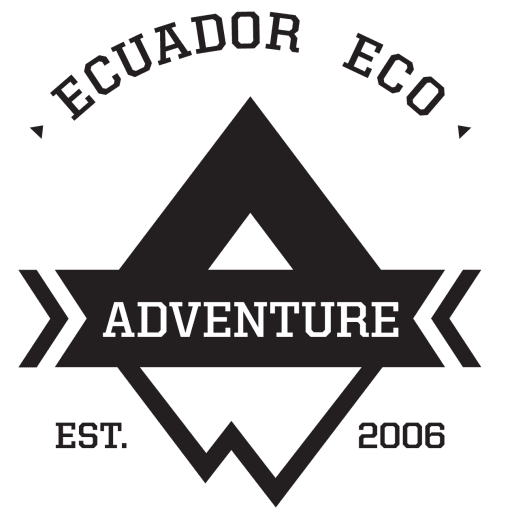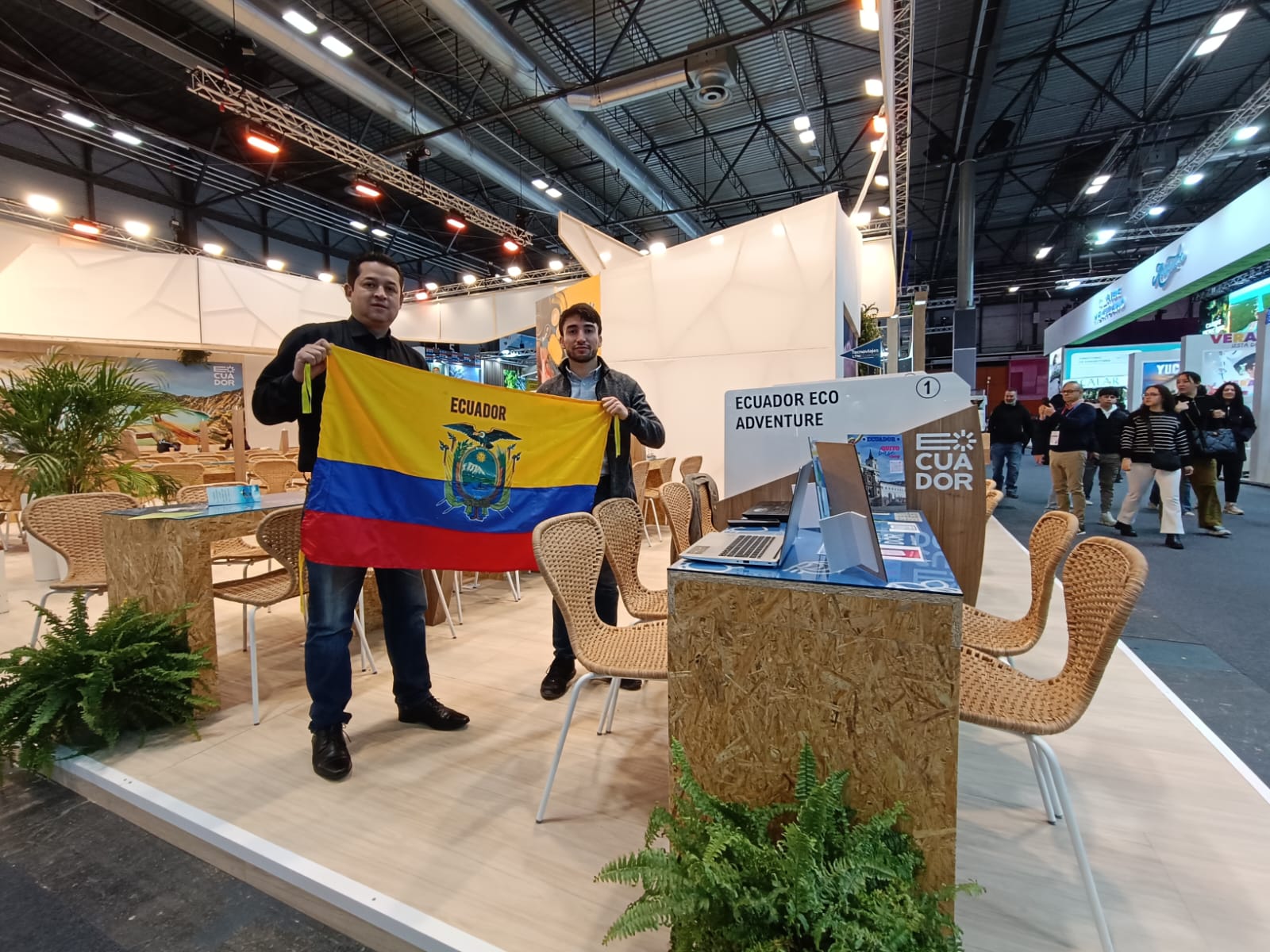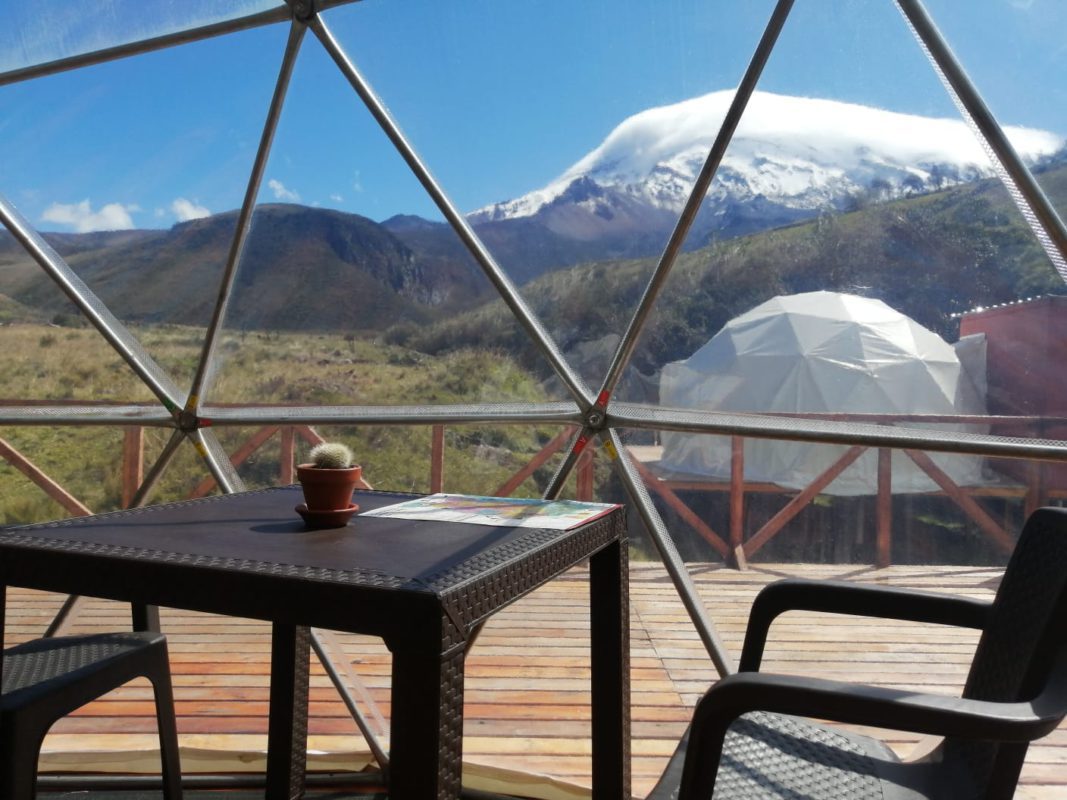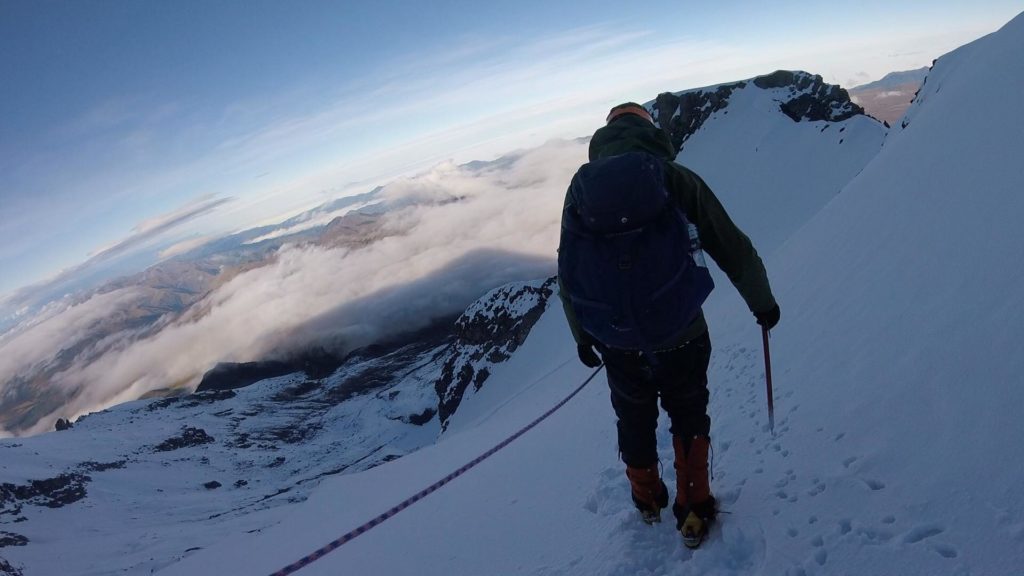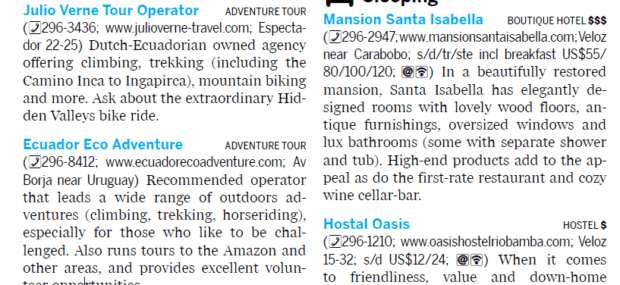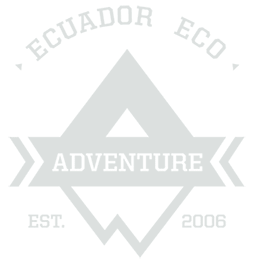Ecuador Eco Adventure @ FITUR Tourism Festival Spain
Ecuador Eco Adventure was the only adventure company for the official delegation from Ecuador at the FITUR tourism festival in Spain. Countries from every continent were present at FITUR to show off their famous tourism sites such as the Mayan pyramids of Quintana Roo or the snow-capped Killamanjaro. The first 3 days of the fair …
Read more Ecuador Eco Adventure @ FITUR Tourism Festival Spain
